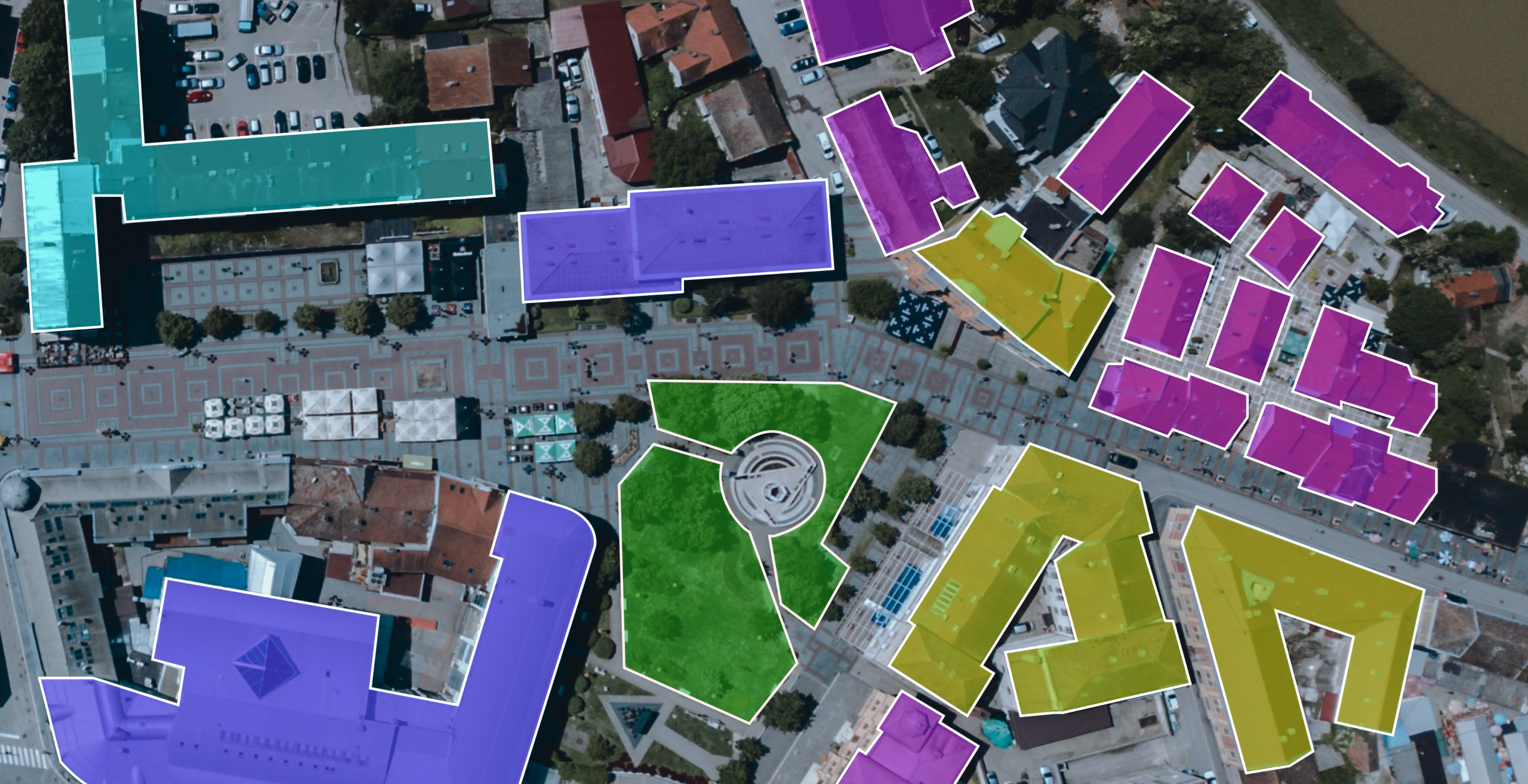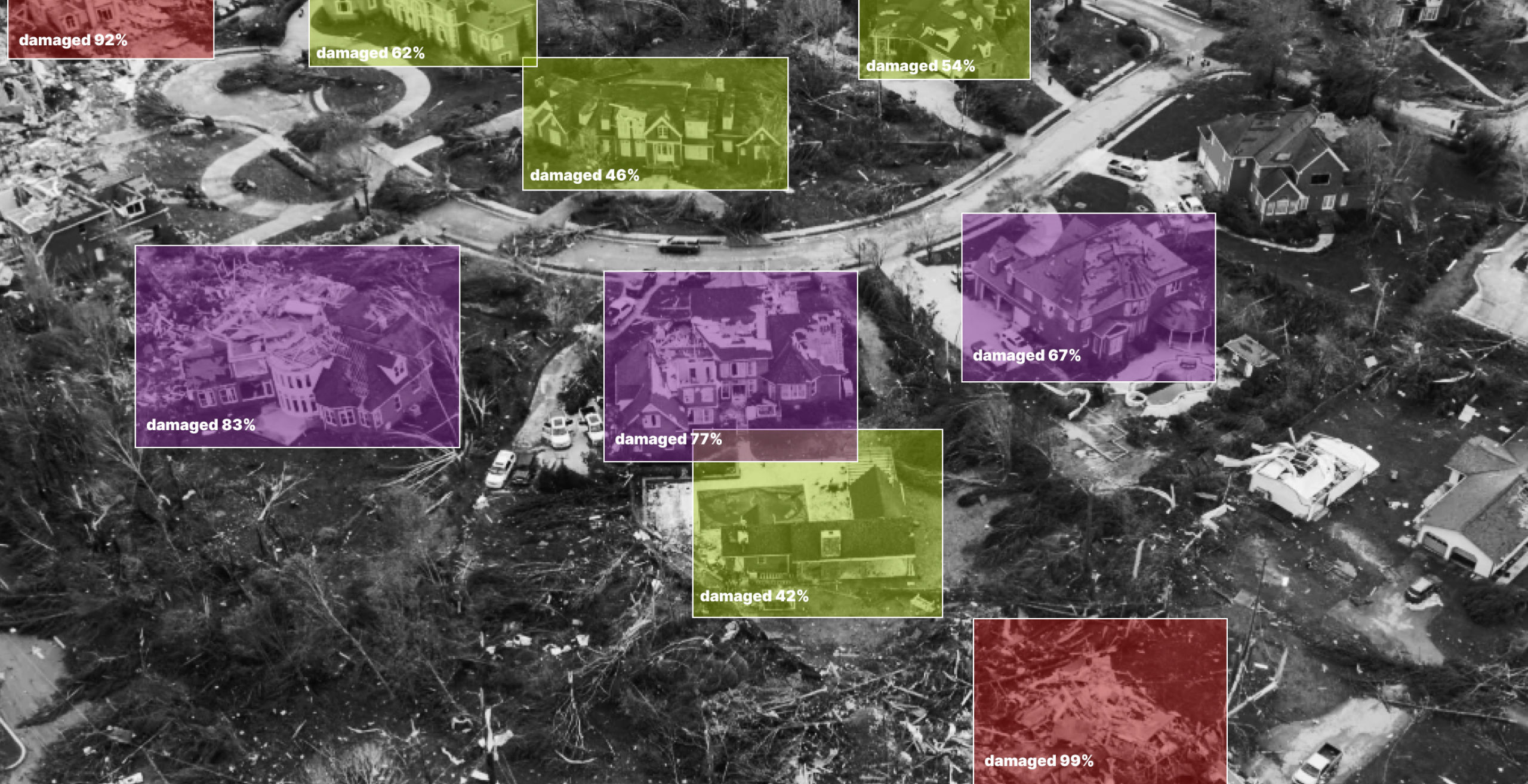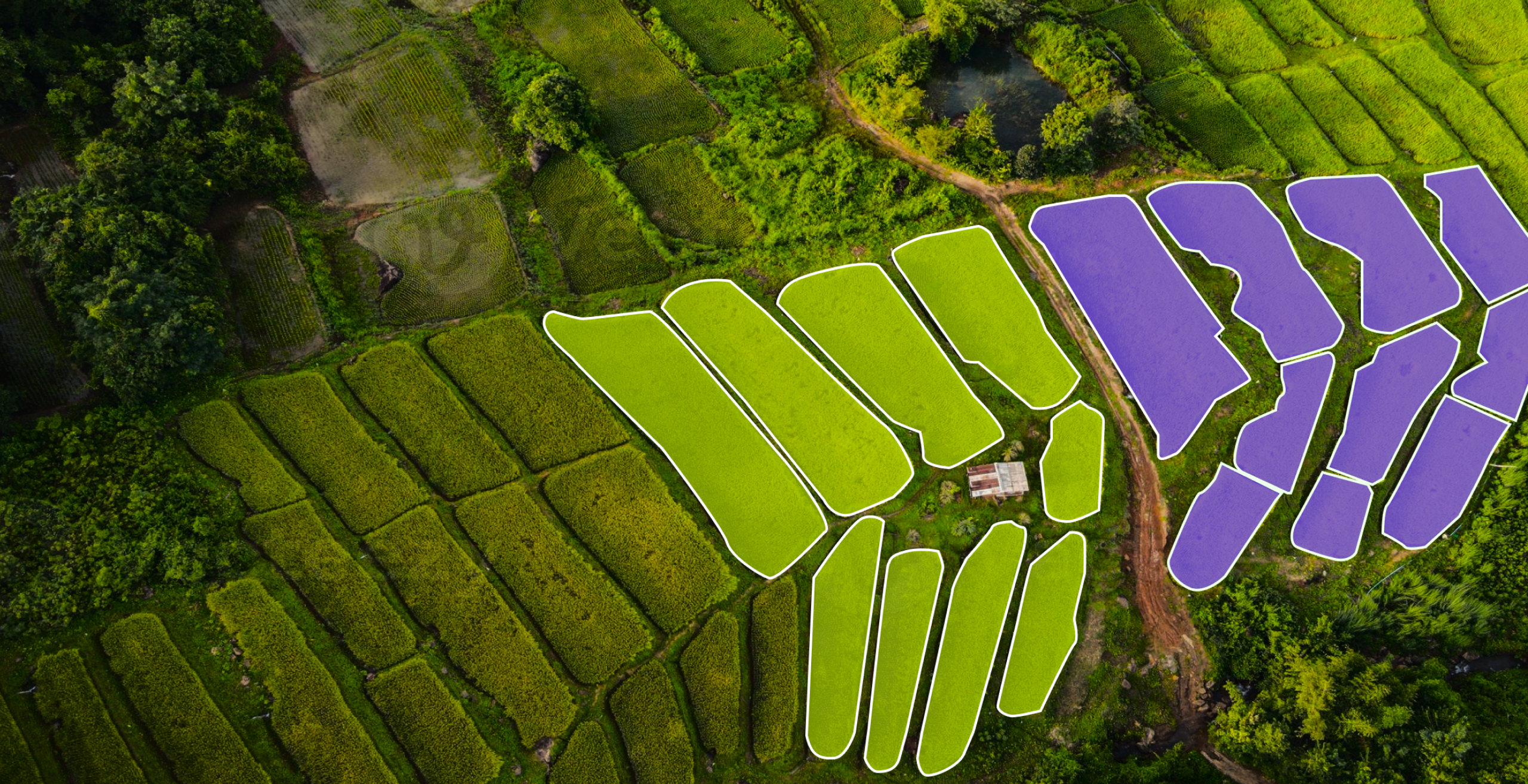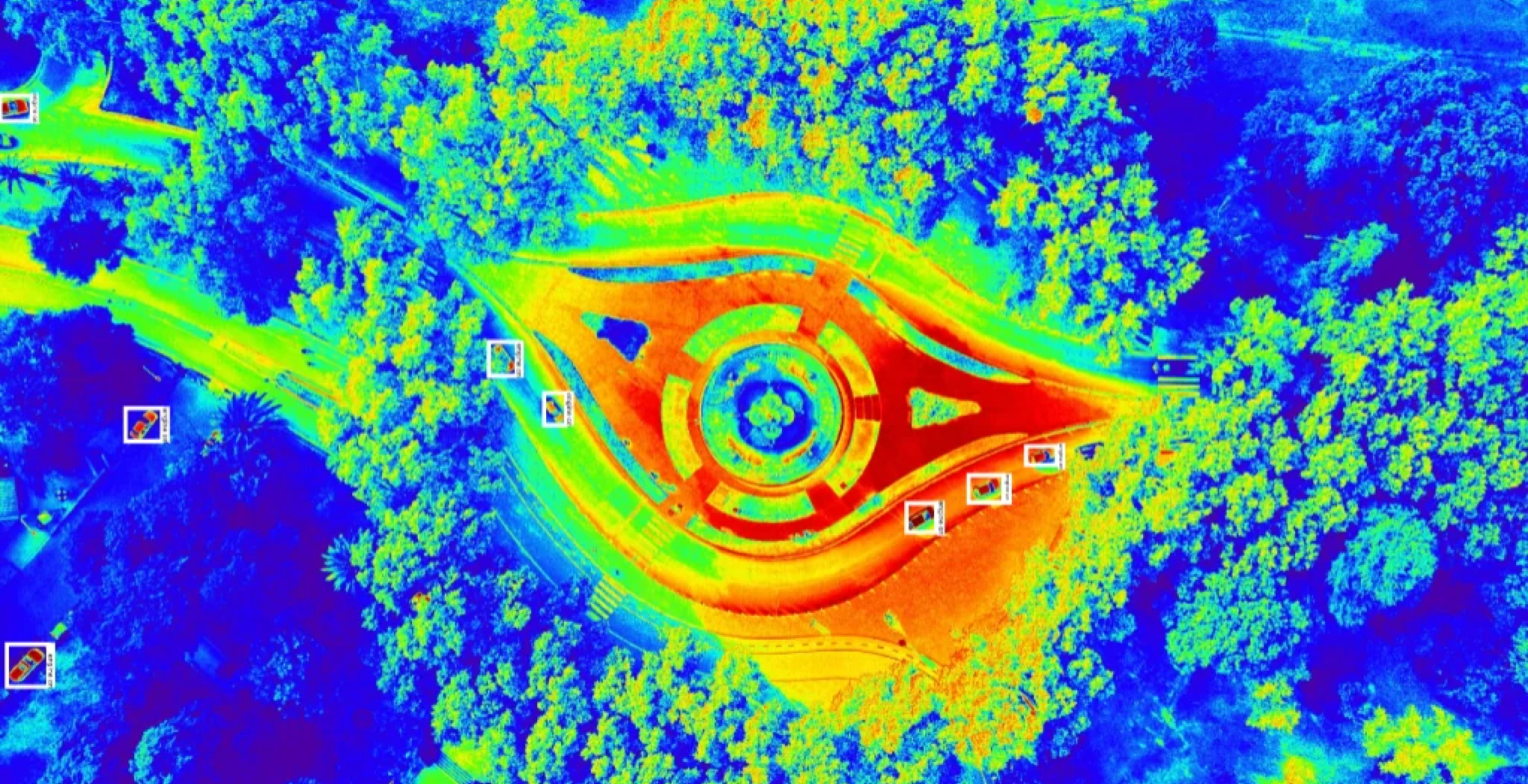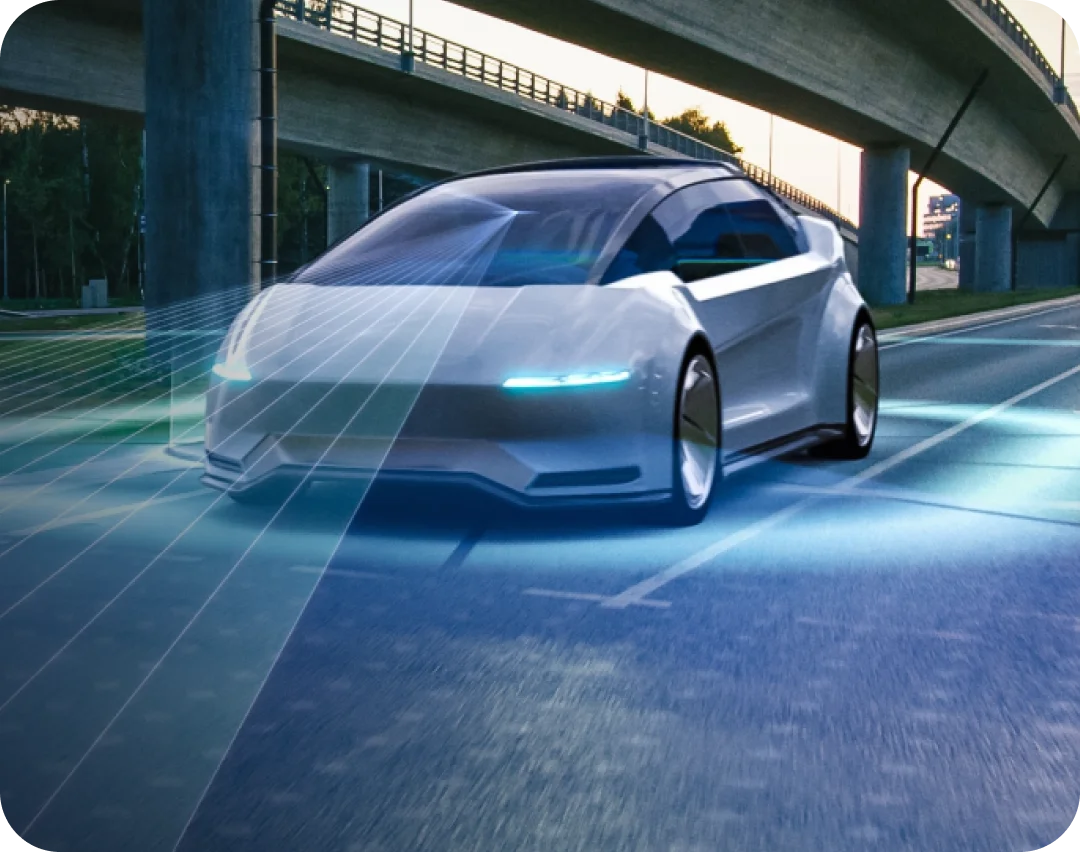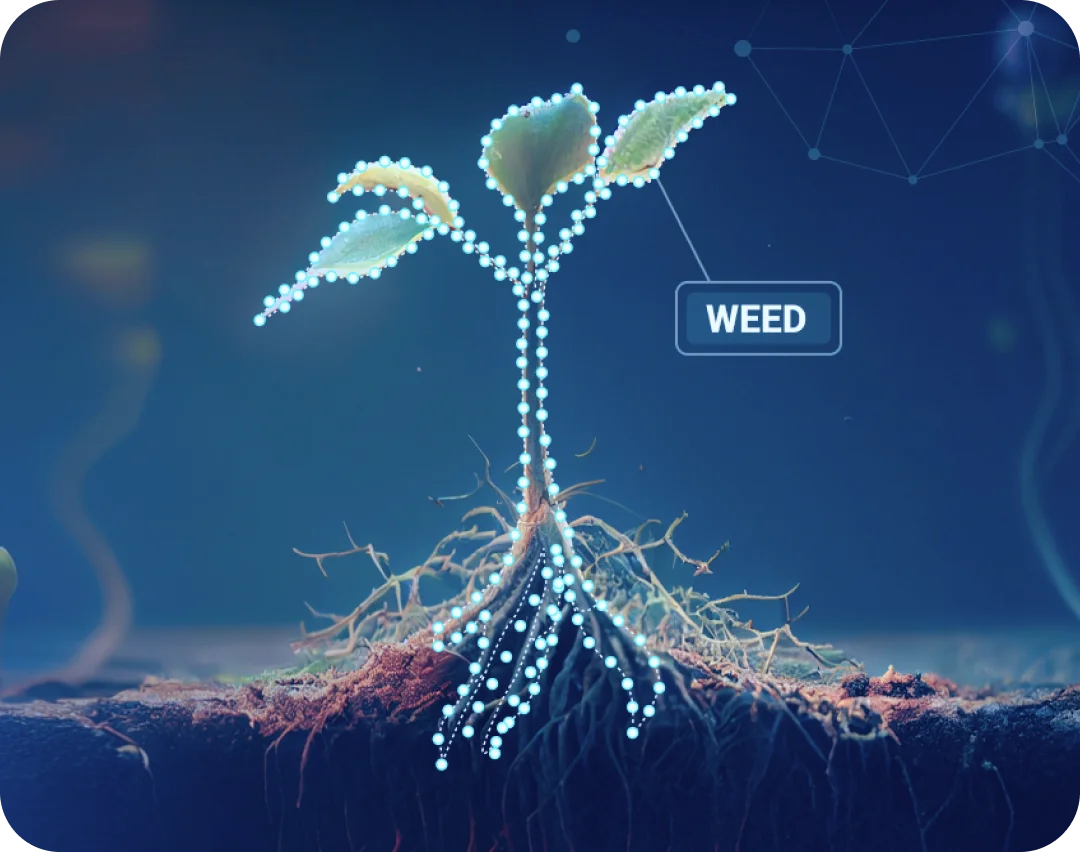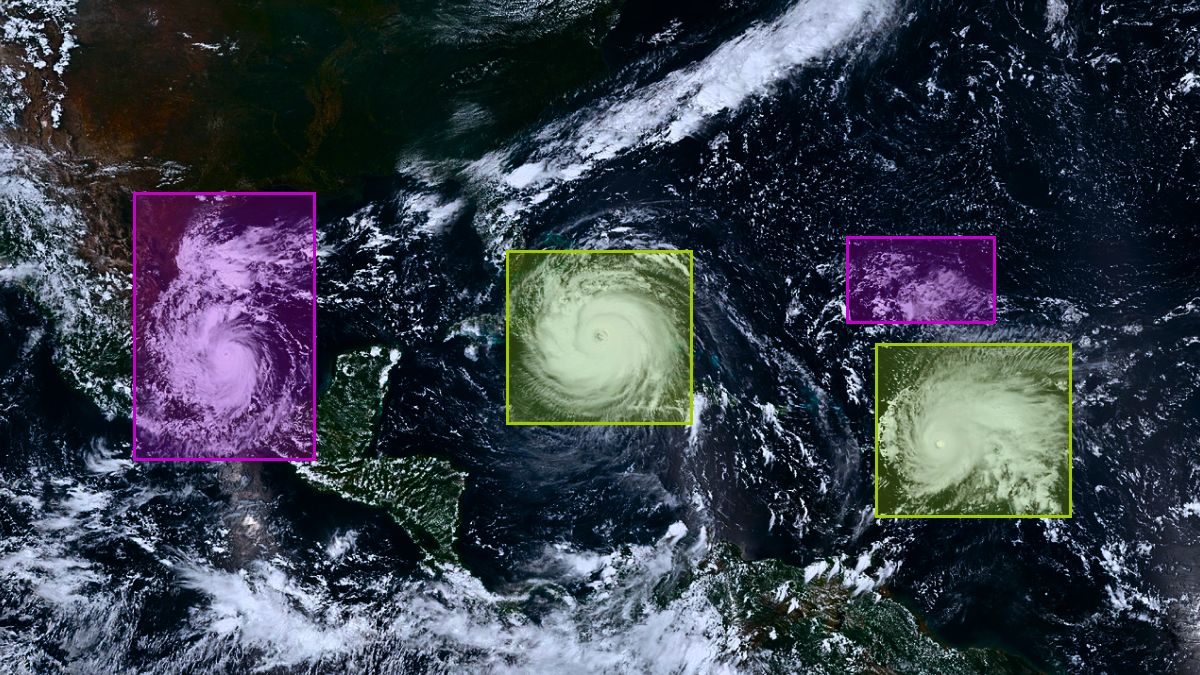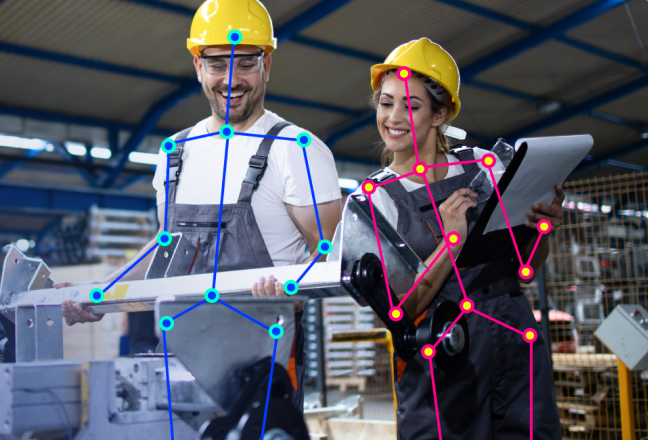Geospatial Data Annotation for Advanced Geographic Modeling
We can help you build AI models that
provide critical and actionable data for your business.
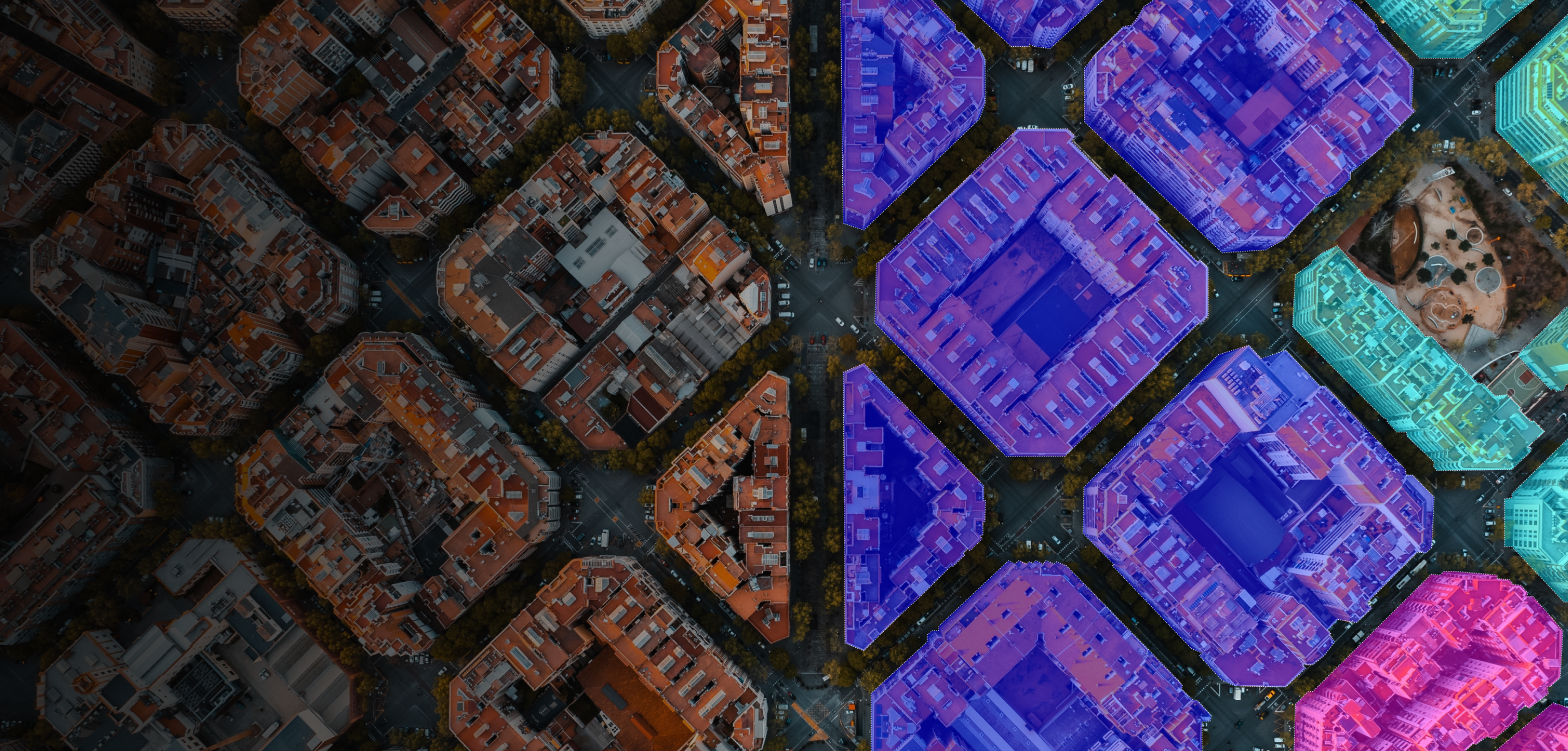
Geospatial Annotation Examples
What We Offer
Mindy Support can help you unlock the full potential of your AI projects with our high-quality annotation services, ensuring precise and reliable training data for superior model performance. This includes services like:
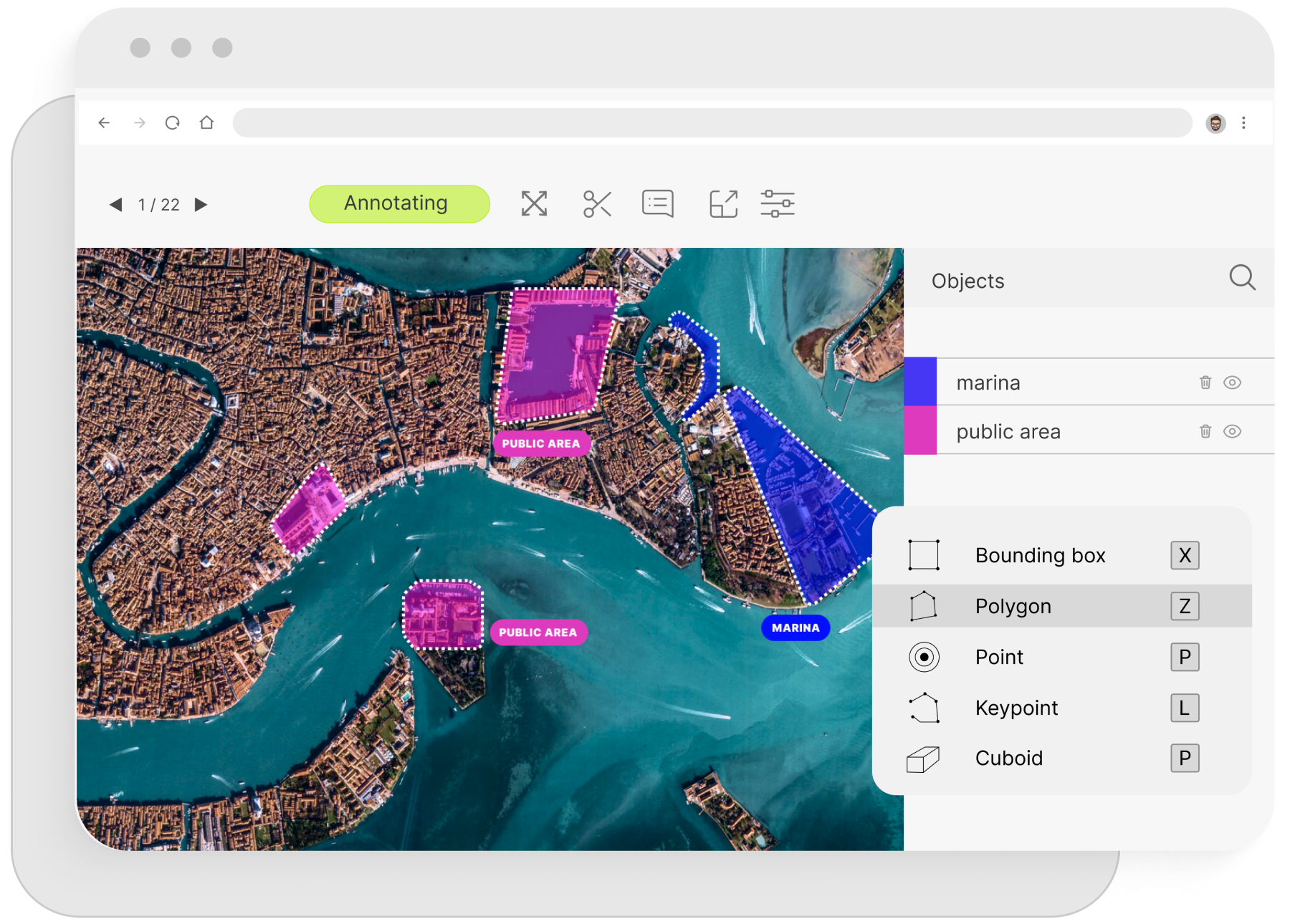
Polygon Annotation
We offer precise polygon annotation services for geospatial data, enabling accurate mapping and land use classification. Our services help train AI models for tasks such as boundary detection, terrain analysis, and object localization in satellite imagery, improving the accuracy and effectiveness of geographic information systems (GIS).
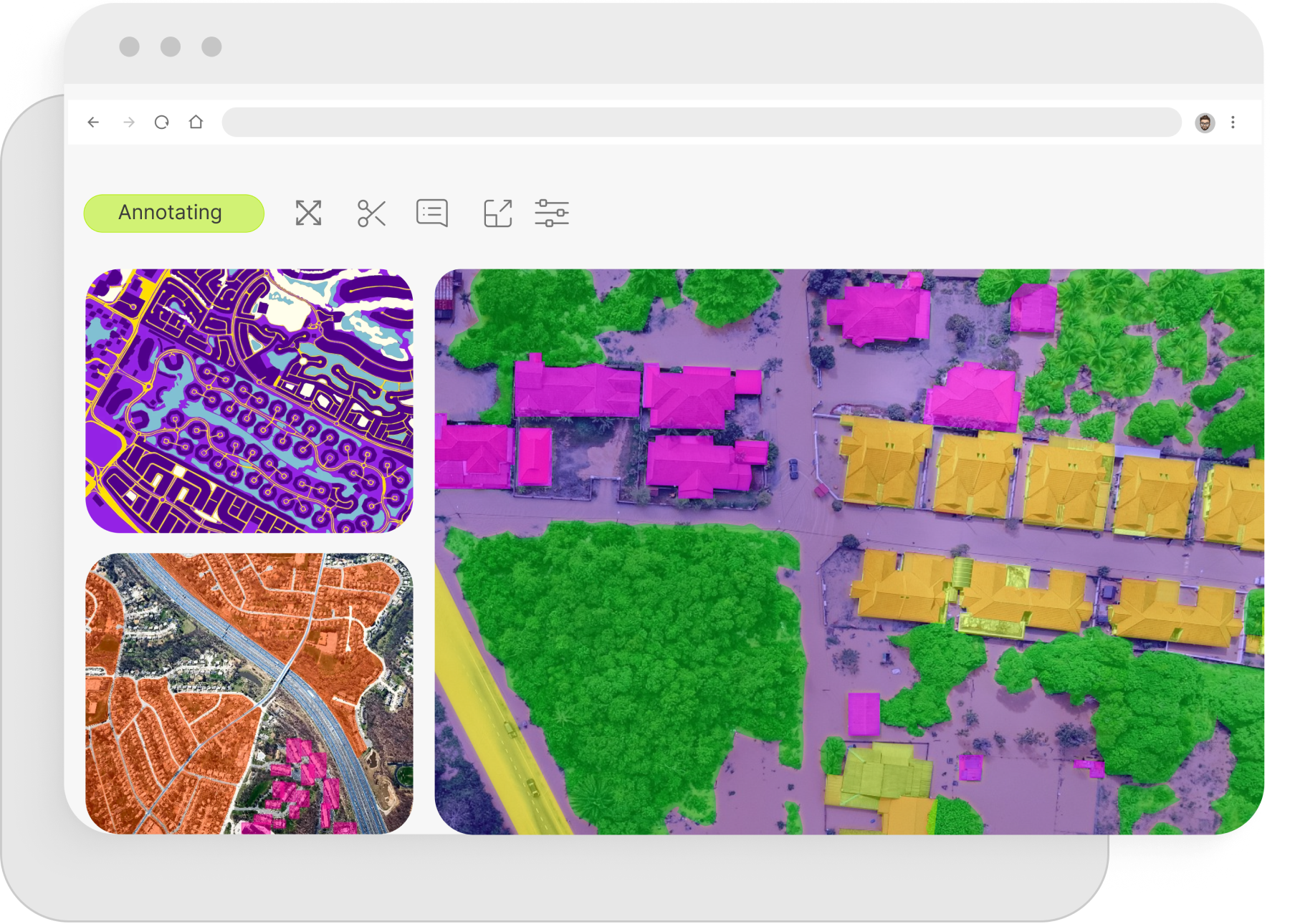
Semantic Segmentation
We provide advanced semantic segmentation services for geospatial data, allowing for detailed classification of elements within satellite or aerial imagery. This enables AI models to differentiate between land types, infrastructure, and natural features with high precision, enhancing applications like urban planning, environmental monitoring, and resource management.
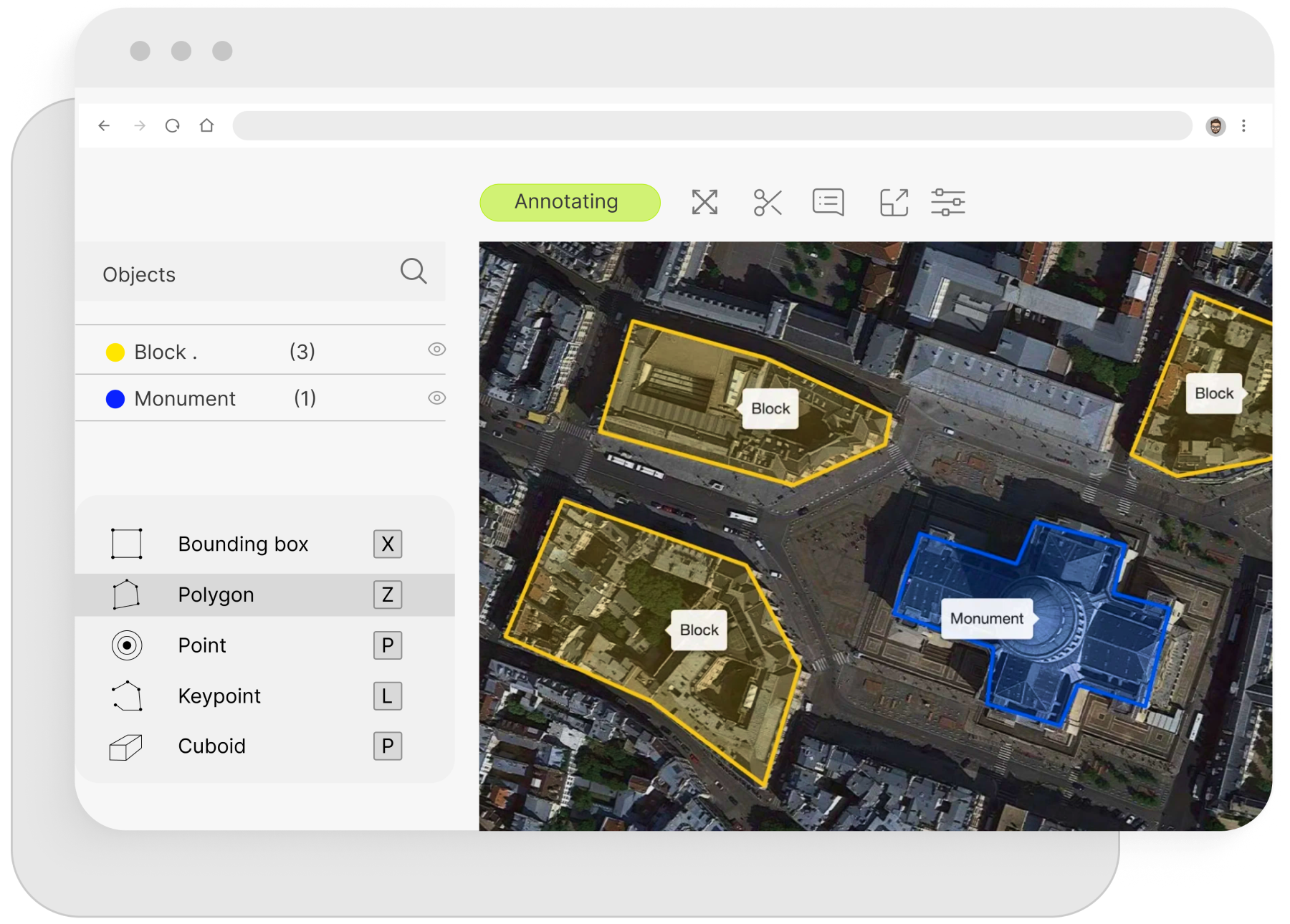
Image Classification
We offer expert image classification services for geospatial annotation, enabling accurate identification and categorization of features in satellite or aerial imagery. Our services help train AI models for land cover classification, resource mapping, and environmental monitoring, improving decision-making and analysis in geographic information systems (GIS).
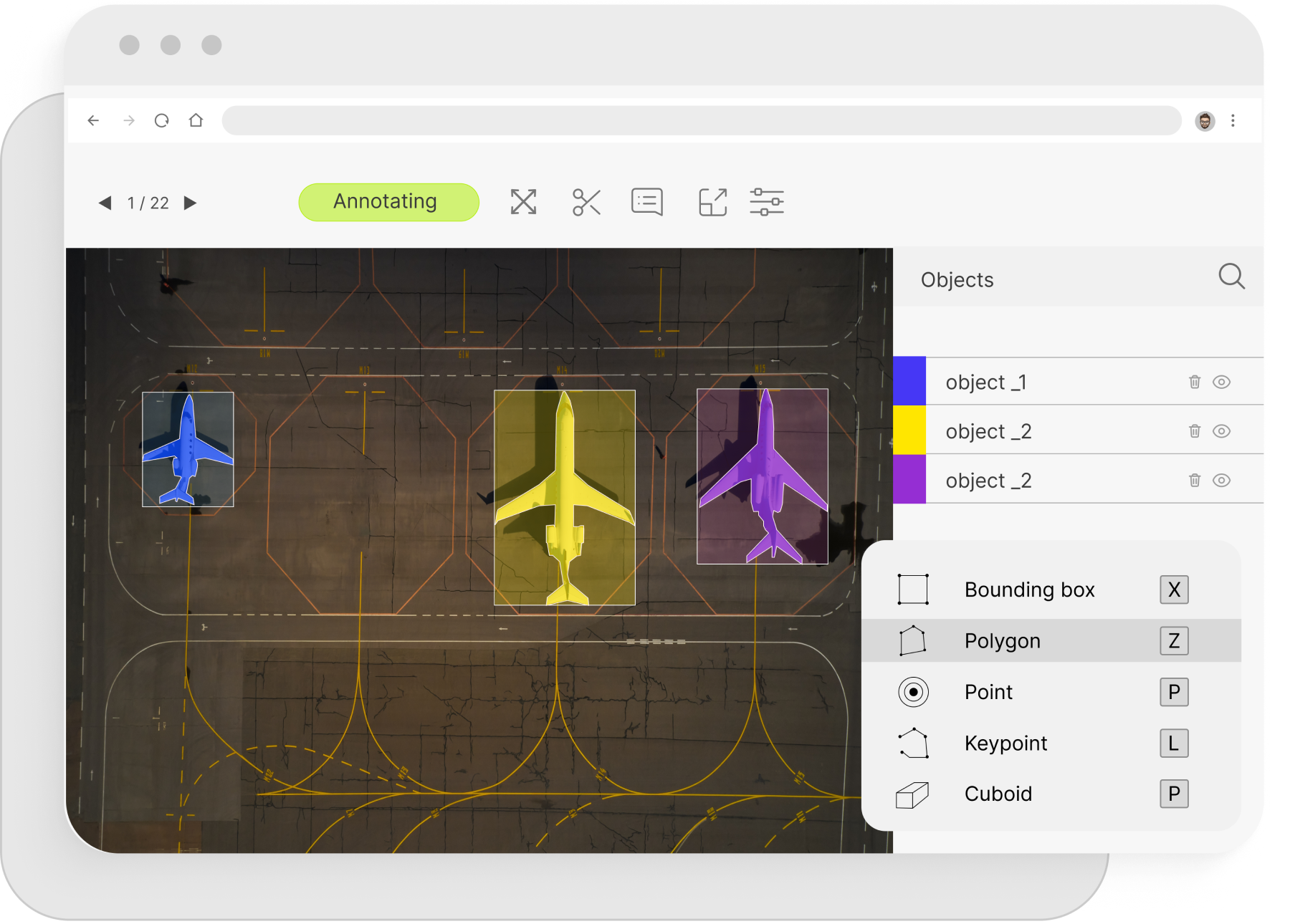
Object Tracking
We provide specialized object tracking services for geospatial annotation, allowing for the monitoring and movement analysis of objects in satellite or aerial imagery. Our precise tracking solutions help enhance AI models used in applications such as traffic management, wildlife monitoring, and surveillance, enabling more accurate and actionable insights in geospatial systems.
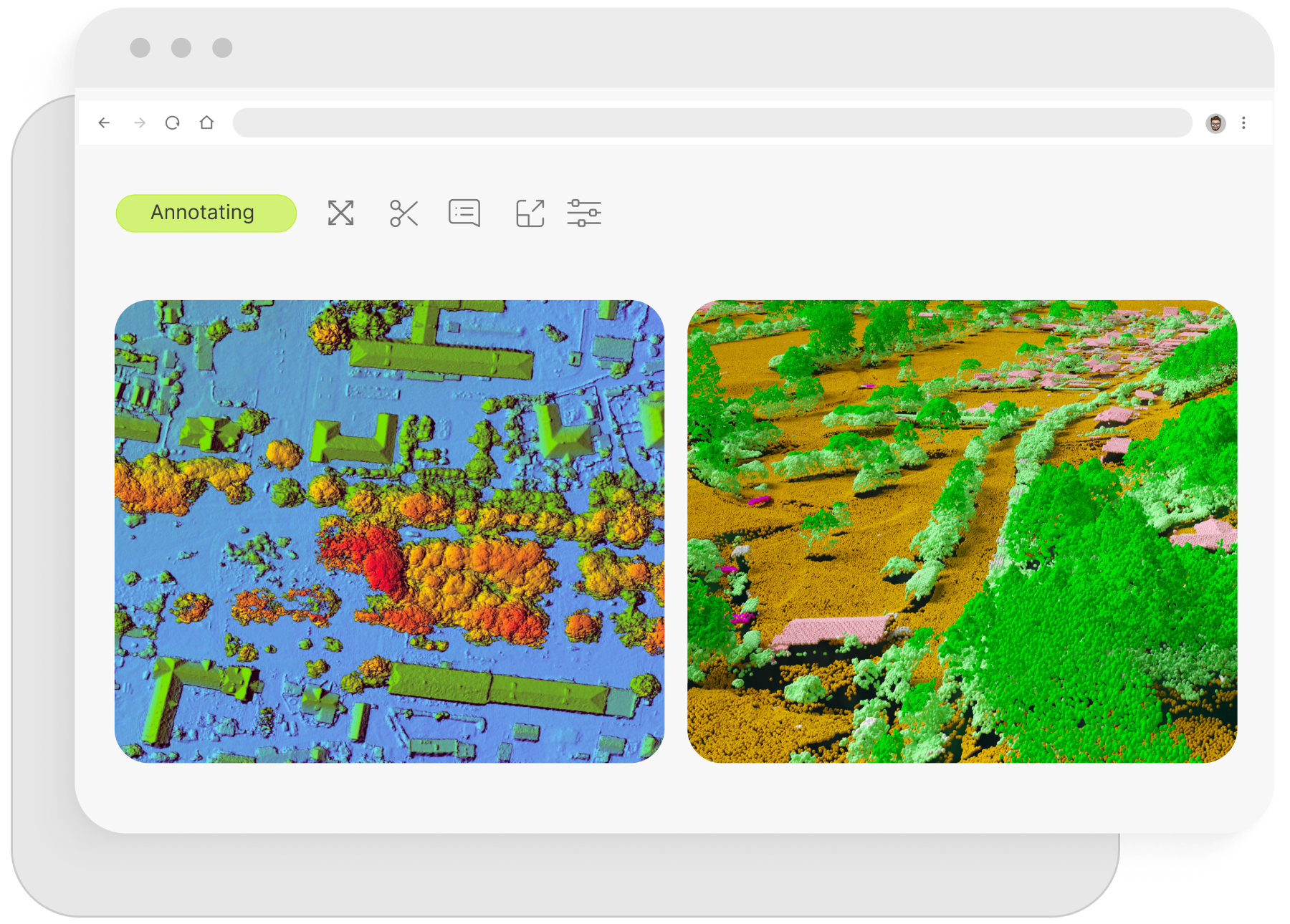
LiDAR Annotation
We offer high-quality LiDAR annotation services for geospatial data, enabling accurate 3D mapping and terrain analysis. Our precise labeling of LiDAR point clouds helps train AI models for tasks such as elevation modeling, vegetation analysis, and urban planning, improving the accuracy and efficiency of geographic and environmental systems.
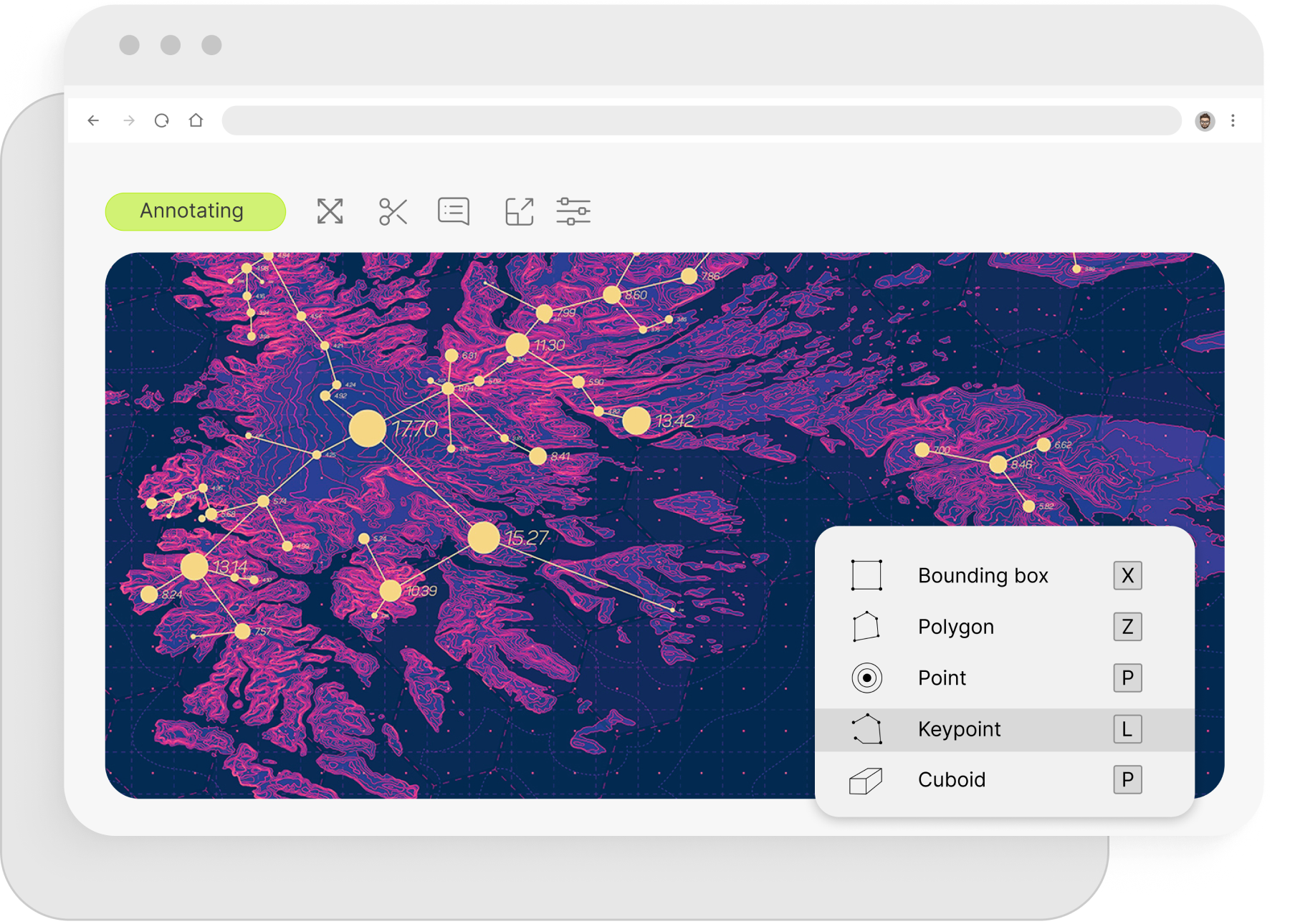
Landmark Annotation
We provide expert landmark annotation services for geospatial data, enabling precise identification of key geographic features in satellite or aerial imagery. Our services enhance AI models used for navigation, urban planning, and environmental monitoring, ensuring accurate recognition and mapping of critical landmarks for improved geospatial analysis.
Industries We Serve

Let’s Collaborate
GET A QUOTEYour Benefits
Our Global Presence
Global recruitment options enable companies to tap into multilingual teams for their Data Annotation for LLM and Customer Support services. Our extensive language services empower businesses to efficiently handle data and convey messages worldwide, transcending cultural and time zone barriers.
Case Studies
Our clients
Our Customers Say
Let’s Expand with Mindy!
We have a minimum threshold for starting any new project, which is 735 productive man-hours a month (equivalent to 5 graphic annotators working on the task monthly).


